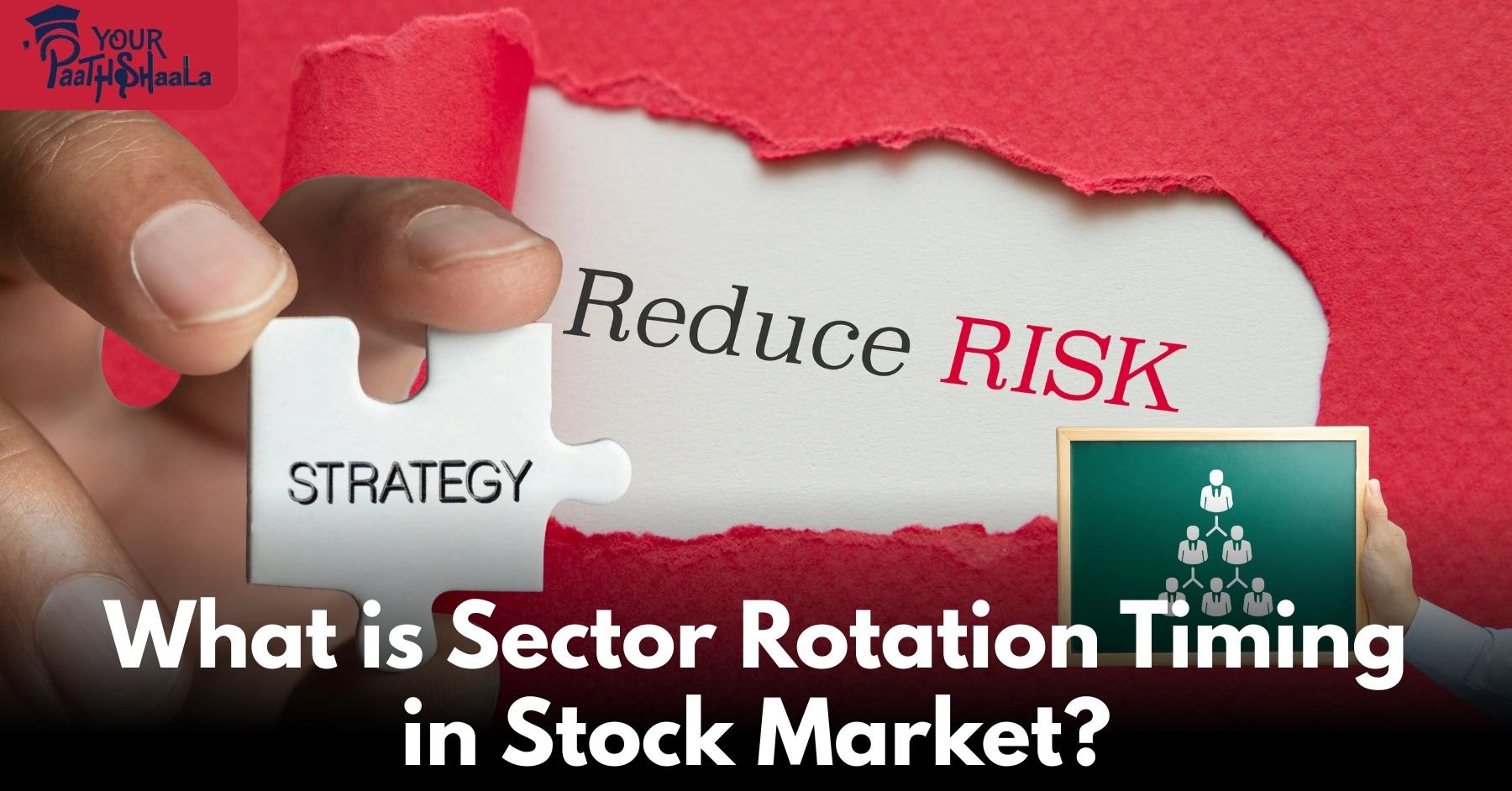Mastering Risk Parity: The Smarter Way to Build All-Weather Portfolios
In the unpredictable world of investing, the ability to remain stable in all market conditions is a serious advantage. That’s exactly what risk parity and multi-asset strategies are designed to do. Whether you’re navigating inflation spikes, market crashes, or economic booms, these strategies offer a smarter way to diversify, rebalance, and protect your portfolio.
But what exactly is a risk parity strategy? And how does it differ from traditional investment approaches? Let’s break it down in simple terms—and explore how you can use it to build a resilient portfolio that thrives in any economic climate.
What Is Risk Parity?
Traditional portfolios often emphasize asset allocation based on returns, like the classic 60/40 model (60% stocks, 40% bonds). But this method can leave investors overexposed to volatility—especially from equities.
Risk parity, on the other hand, allocates investments based on risk contribution, not just capital. Instead of dumping most of your money into one volatile asset class, you spread your risk equally across different types of investments like:
Equities
Bonds
Commodities
Real estate
Alternative assets
The goal? To create a more balanced, stable return profile, even when markets get rough.
Why Risk-Based Allocation Is a Game Changer
Imagine your portfolio is a ship. Traditional strategies load all the weight (risk) onto one side—say, equities. If the market storms hit, your ship tilts or sinks.
Risk parity ensures that each asset class contributes equally to the total risk, keeping the ship balanced and afloat.
Here’s how it works in action:
⚖️ 1. All-Weather Portfolio Construction
Risk parity aligns perfectly with the “All-Weather Portfolio” concept made famous by Ray Dalio. It’s built to perform in:
Inflationary environments
Deflationary trends
Rising interest rates
Falling growth rates
Instead of betting on a specific economic outcome, you’re prepared for every outcome.
📊 2. Volatility-Based Position Sizing
Risk parity portfolios use volatility as a guide. The more volatile an asset is, the smaller the position you take.
For example, if stocks are more volatile than bonds, you allocate less capital to stocks but still achieve equal risk exposure. This is smarter than just buying more of what you “hope” will perform well.
This approach also adjusts automatically—if market conditions shift and one asset becomes riskier, your portfolio adapts accordingly.
🧨 3. Crisis Correlation Awareness
One key flaw in many portfolios is false diversification. You may think you’re diversified, but when a crisis hits, all your assets suddenly move in the same direction—usually down.
Risk parity helps you plan for crisis correlation breakdowns. You select assets that have a low or negative correlation, ensuring that when one asset falls, another might rise or remain steady.
In times of panic, this could mean the difference between a portfolio that survives and one that crashes.
🔁 4. Dynamic Systematic Rebalancing
Markets change. So should your portfolio.
A risk parity strategy uses rules-based, systematic rebalancing to adjust your asset mix over time. For example:
If stocks surge and get riskier, their weight is reduced
If bonds become less risky, their weight may increase
These rebalances aren’t done emotionally—they’re done mathematically based on predefined risk thresholds.
This discipline helps remove human bias and ensures your portfolio stays optimized for risk, no matter what the markets are doing.
Is Risk Parity Right for You?
Risk parity isn’t just for hedge funds or ultra-high-net-worth investors. It’s an accessible concept that can benefit any long-term investor—especially those who:
Want smoother returns over time
Fear market crashes or economic shocks
Need to preserve capital while growing wealth
Prefer a rules-based, logical strategy
You don’t have to use complex algorithms or hire a fund manager to get started. Even with basic ETFs or diversified mutual funds, you can begin applying risk parity principles to your portfolio.
Why Multi-Asset Strategies Matter in 2025 and Beyond
In today’s interconnected world, relying on one asset class is risky. Inflation, political instability, and global economic shifts affect everything—stocks, commodities, real estate, and bonds.
By combining multiple asset classes in a smart, risk-managed way, you increase your portfolio’s chances of weathering storms without sacrificing returns.
Multi-asset strategies also let you benefit from:
Commodities during inflationary spikes
Bonds during economic slowdowns
Equities during periods of strong growth
Cash or gold during market corrections
The key is to balance these positions based on how much risk each brings to the table—not just the potential reward.
Final Thoughts: Smarter Investing for a New Era
Investing shouldn’t feel like gambling. It should feel like engineering—a system built to adapt, absorb shocks, and last over time.
Risk parity and multi-asset strategies aren’t about chasing short-term gains—they’re about building durable, adaptable portfolios that thrive across decades, not just quarters.
And in a world where uncertainty is the only constant, that’s a strategy worth learning.
Visit YourPaathshaala
Near Anjali Children Hospital, Tagore Nagar, Mathpurena, Raipur
PIN Code: 492001, Chhattisgarh Click the Call Now to start learning how financial systems really work! To check out the full article click here!













Add a Comment